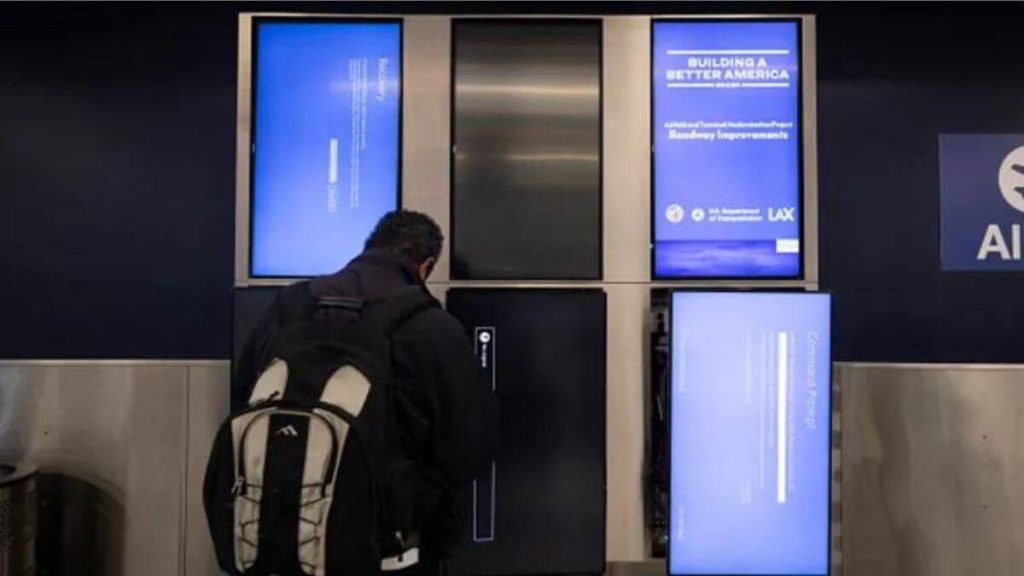On August 23, Microsoft announced a crucial cybersecurity summit set to take place on September 10 at its headquarters in Redmond, Washington. The tech giant plans to bring together government representatives and industry leaders to discuss improving cybersecurity measures following a massive IT outage triggered by a CrowdStrike update last month. This global disruption affected approximately 8.5 million Windows devices, causing chaos across multiple industries, including airlines, banks, and healthcare.
Why the Cybersecurity Summit Matters
The upcoming summit represents Microsoft’s first substantial effort to address the significant issues arising from the July 19 outage. The disruption highlighted a critical vulnerability in relying too heavily on single-vendor solutions for cybersecurity. When one part of an IT system fails, the consequences can be catastrophic, as evidenced by the widespread operational interruptions. With this summit, Microsoft aims to foster discussions that lead to a more resilient cybersecurity ecosystem, reducing the risk of similar incidents in the future.
A Microsoft executive, who preferred to stay anonymous, revealed that this event, known as the Windows Endpoint Security Ecosystem Summit, will explore how applications could better rely on Windows’ user mode instead of the more vulnerable kernel mode.
User Mode vs. Kernel Mode
Currently, many security applications depend on kernel mode, giving them deep access to the operating system. This access is crucial for monitoring and preventing malicious activity, as pointed out by a SentinelOne spokesperson. However, when something goes wrong in kernel mode, the entire system risks crashing—something the world witnessed firsthand in July. Shifting more applications to user mode, where they are isolated and can fail without bringing down the whole system, could be a game-changer.
Learning from the CrowdStrike Outage
Microsoft’s decision to host this summit stems from the lessons learned during the CrowdStrike-induced outage. The event was a stark reminder that many organizations lack adequate contingency plans when their IT systems encounter failures. This summit will allow stakeholders to explore strategies to enhance preparedness and minimize the impact of future disruptions. As Microsoft emphasized, the event is an opportunity to apply these lessons across the entire cybersecurity landscape, ensuring a more secure digital environment for everyone involved.
CrowdStrike’s Perspective and Industry Reactions
CrowdStrike, the cybersecurity firm at the center of the July outage, expressed its commitment to contributing to the summit’s discussions. A CrowdStrike spokesperson emphasized the critical need for industry and government collaboration to create a more resilient cybersecurity ecosystem. The outage revealed the risks of over-relying on a single vendor for cybersecurity solutions, a concern widely echoed by analysts.
Also read | CrowdStrike Malware Attack Warning: Crucial Information for Windows Users
CrowdStrike has faced significant challenges, including a sharp decline in market value and lawsuits from shareholders and affected companies. Delta Air Lines, significantly impacted by the outage, announced plans to pursue legal claims against both CrowdStrike and Microsoft earlier this month. The airline experienced mass flight cancellations, costing it an estimated $500 million in damages.
What’s Next:
With key players from various sectors coming together, the event will provide a platform for exchanging ideas, addressing vulnerabilities, and building a more robust cybersecurity infrastructure. Microsoft’s proactive approach underscores its commitment to safeguarding the digital world, ensuring that such a significant disruption never happens again.

